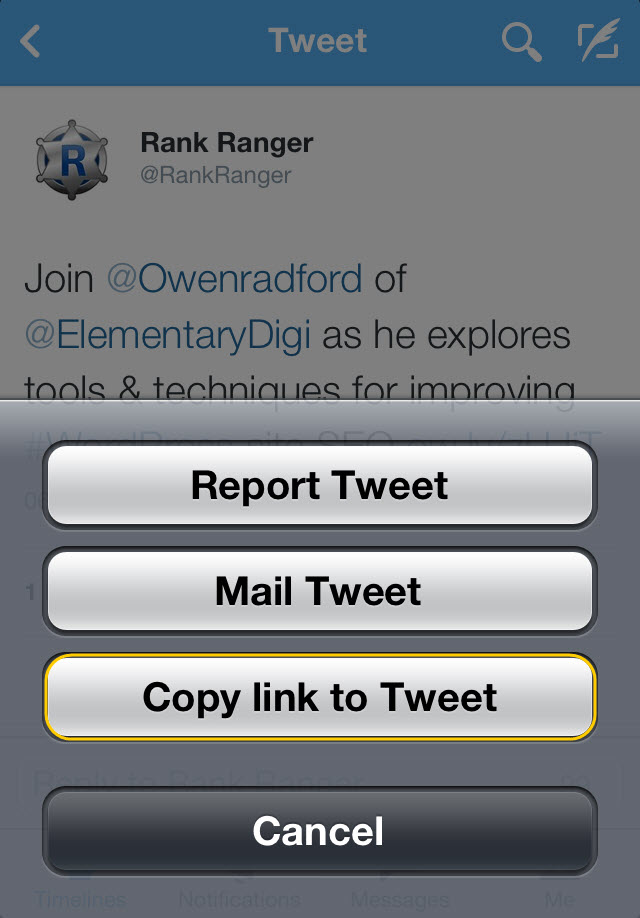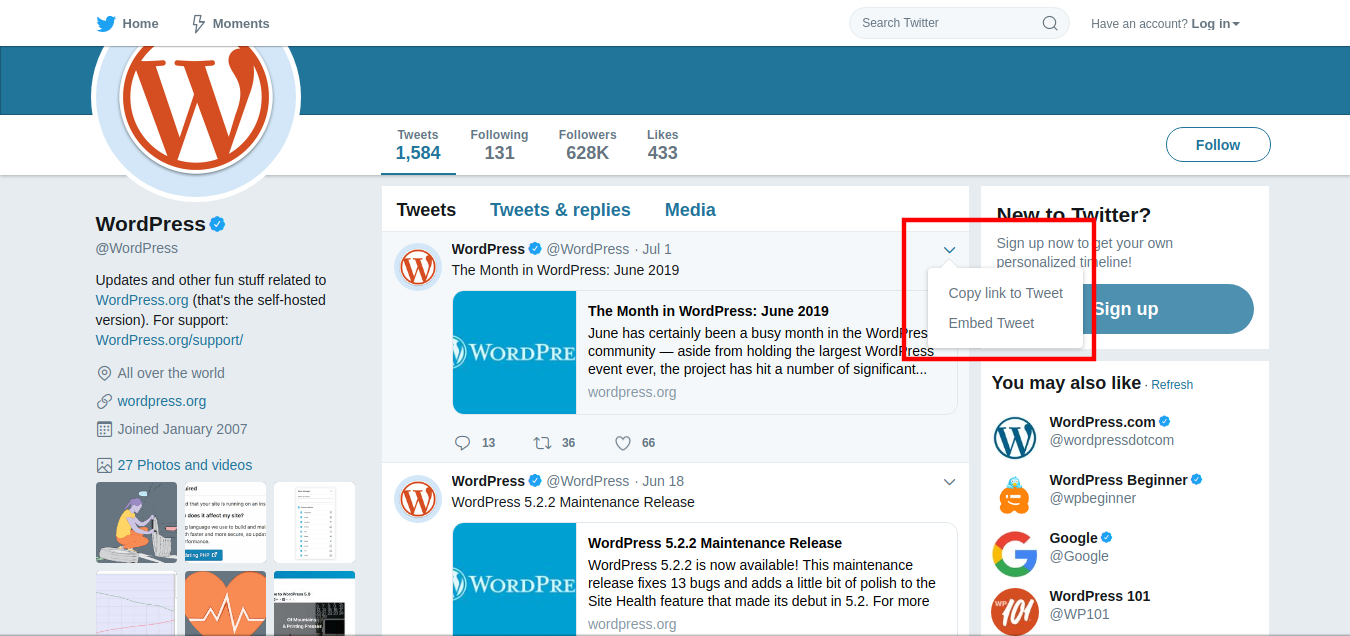
A random sample of public tweets told us: not really. We wanted to know if users were adding alt text now. Here is the raw HTML of my version of that tweet: Here is that tweet if the script from Twitter does not do its thing: Maybe this was the wrong way to look at it though, so we tried a few more things: /YUv56okBcM Cole Gleason February 26, 2019 Only about ~1,100 tweets in 1.09 million with photos (0.1%) contained alt text. Remember, it doesn’t matter that the tweet author failed to make the tweet accessible, once you put it on your site you are on the hook to ensure its accessibility.įollowing is an example embedded tweet with an image: Whether you use open or closed captions is up to you and the context. As with an image, you will still need to grab the media and embed it, but you may also need to make captions, audio description, and/or a transcript.

Generally they don’t, so the burden will fall to you. ASCII art should be wrapped in a or with aria-hidden="true" and described in plain text before or after the tweet.īecause Twitter mostly does not support captions for videos or transcripts, the average tweeter has to create burned-in (open) captions or find some other way to provide a transcript. For stylized type (gothic, old English, etc.) replace it with regular text. Text that appears to be bold or italic should be be made into regular text and marked up with or. The emoji may need to be marked up differently if they have an intended meaning that might differ from their default. That post also discusses things like emoji and other special characters. I have some tips on writing alternative text for tweets. If there is no alternative text, you are on the hook for adding some. If you are unfamiliar with the browser’s developer tools, you can use this bookmarklet to see the alternative text in your web browser. You will need to include it when you embed the image. If the tweet has an image, it should have alternative text. Sure, Twitter’s script will add the media, but if (like me) the user blocks Twitter scripts on non-Twitter sites or there is a connectivity issue, then no media. Those tend to go away when the tweet does, and given how many tweets are little more than media, the tweet you embed may not make sense without it. You also need to capture media (images or videos) in the tweet. Partly to protect your readers from being routed through Twitter’s tracking machine, and partly to ensure links will still work regardless of network hiccup or the reference being lost with the source tweet. The link is broken, but a motivated reader could use it to track down the tweet in the Wayback Machine or an interested observer could screen shot it.Īs part of embedding it you will also want to change the links from the t.co shortener to the real address. It doesn’t matter that the original petty tweet was deleted, because the content is still there regardless. That's too bad was about to reach out to work with Deque on the audits. That bit of text will be able to stand on its own when the tweet is gone. This allows the page to display the tweet content even if the script fails. You may also notice the content of the original tweet as well.


The JavaScript is there to enhance the embedded tweet to brand it and add familiar features (such as seeing likes or retweets).
Embed tweet inside a tweet code#
You may notice that the embeddable code from Twitter has a JavaScript reference. The problem is when that tweet goes away, there is nothing to retrieve. Some content systems allow you to embed a tweet by simply dropping the address of the tweet into your editor ( via oEmbed), and the content system retrieves and displays it for you. It is important that you use the embeddable HTML that Twitter provides (unless you write your own). Say, a journalist who was forced to cover a truly evil person, only for Twitter to get 11 th hour courage to ban them resulting in all their hate being flushed at once. This part may be most useful to people who use tweets as a method of quoting someone. The solution to these challenges is to use the embeddable HTML that Twitter provides, cleaning up the structure, fixing references, and addressing any missing accessibility features. The content may not be accessible to users with disabilities.A tweet or account may be deleted or go private.There are two challenges to relying on this, however: You may rely on embedding tweets in your posts as a quick and easy way to quote or reference a person or subject. Updated January 19, 2021, originally posted JanuOne Comment


 0 kommentar(er)
0 kommentar(er)
